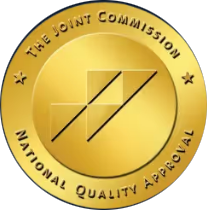Family Education & Support Group
Parents and family members supporting adolescents and young adults. Meets on Zoom the 1st & 3rd Monday.
Parents and family members supporting adolescents and young adults. Meets on Zoom the 1st & 3rd Monday.
